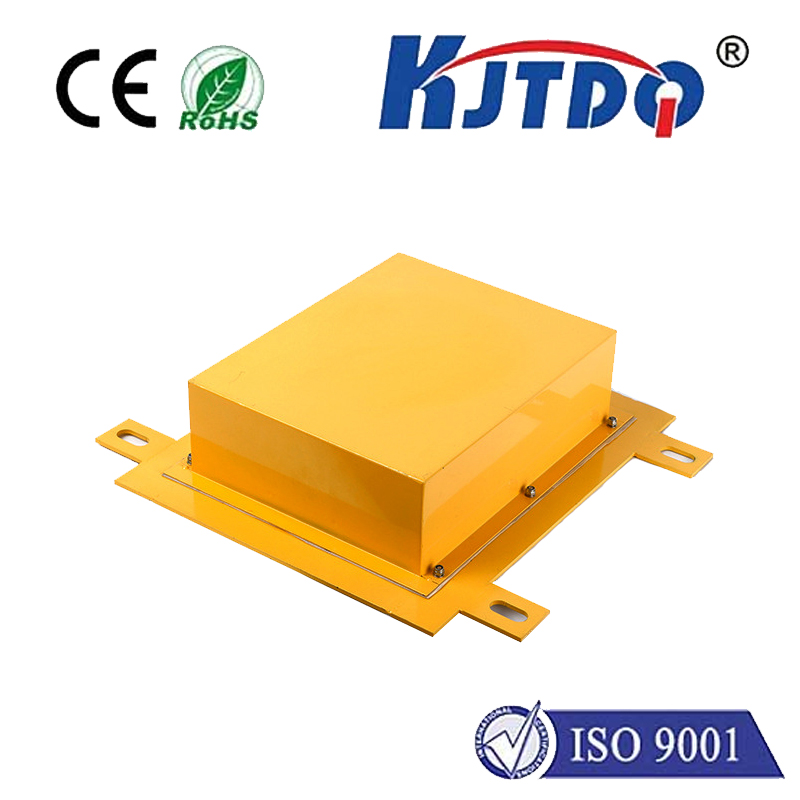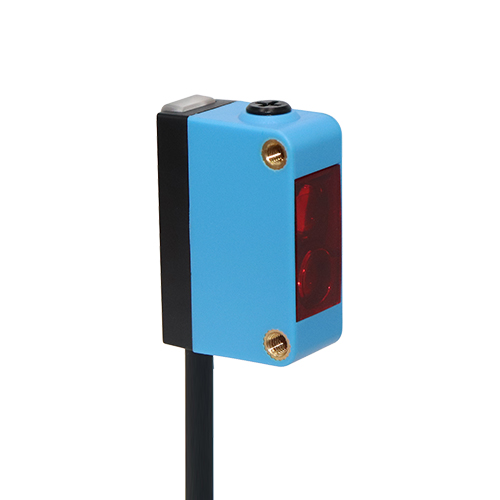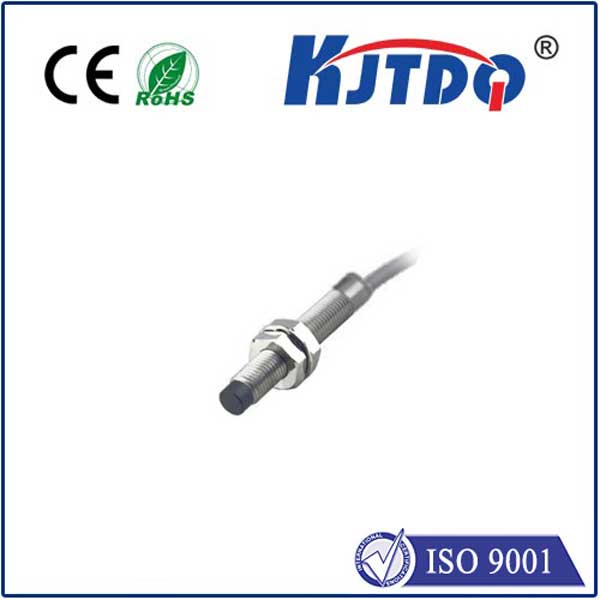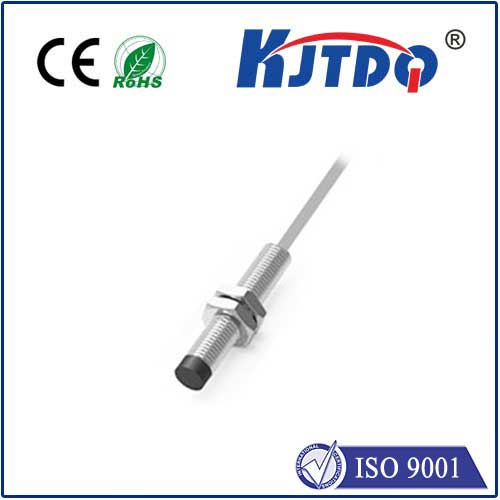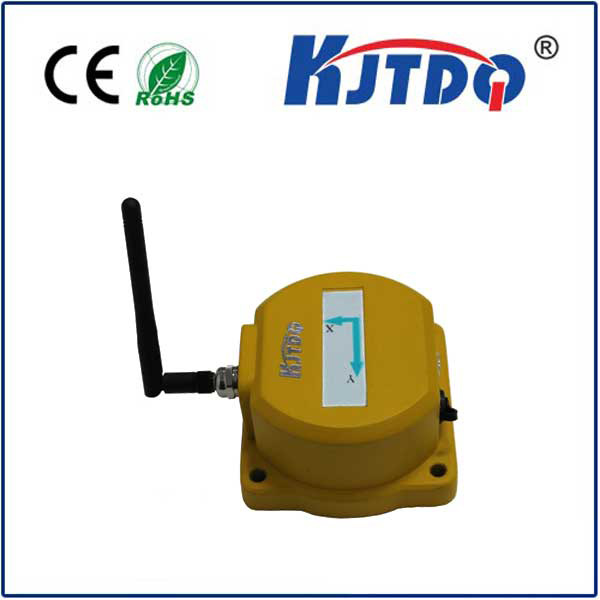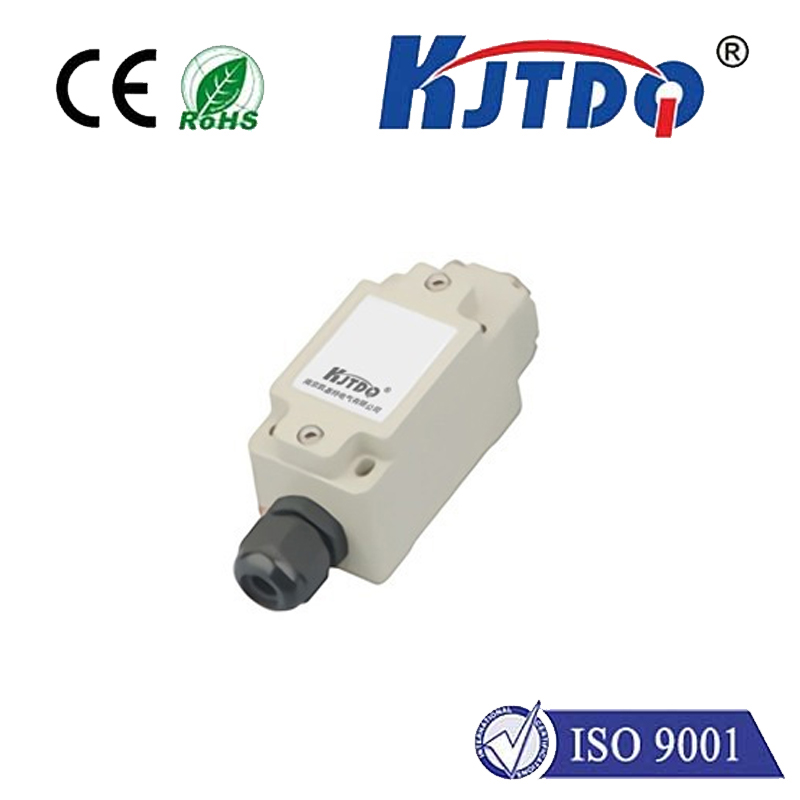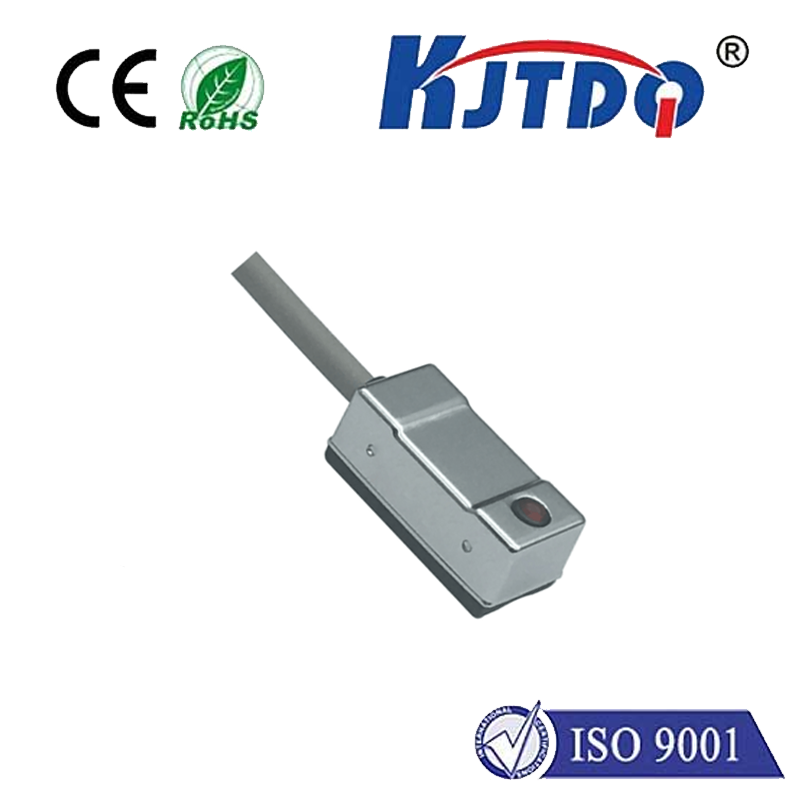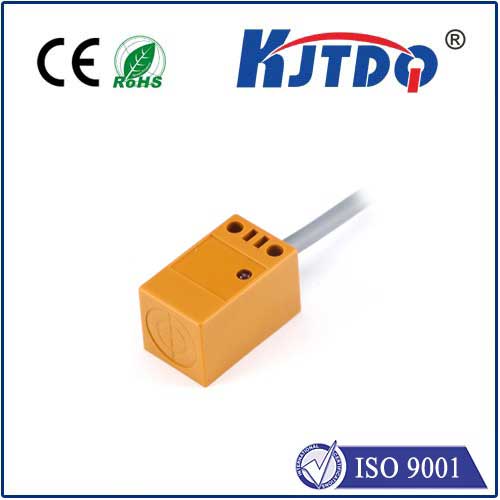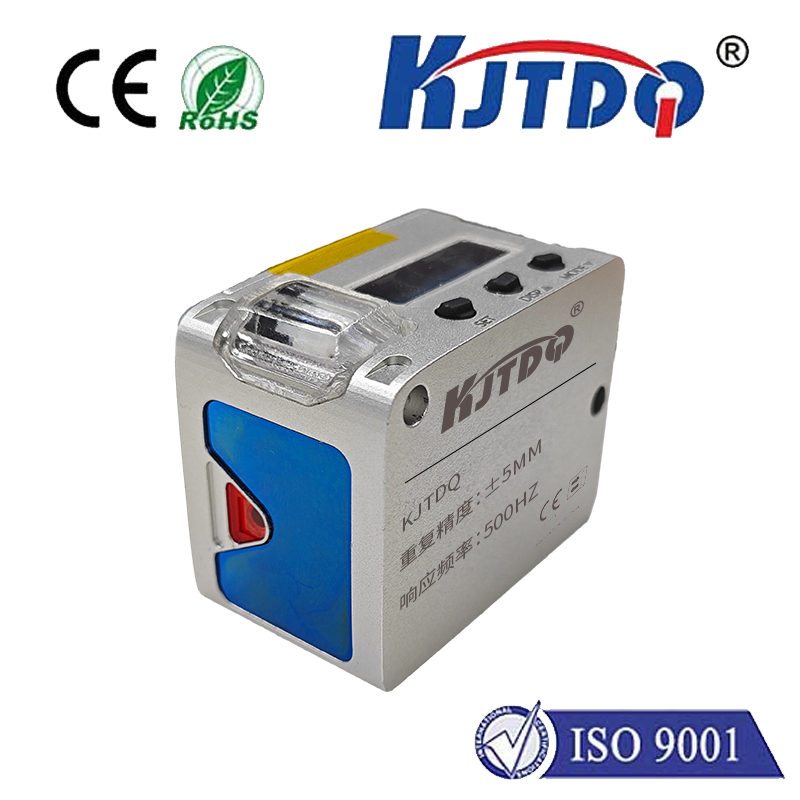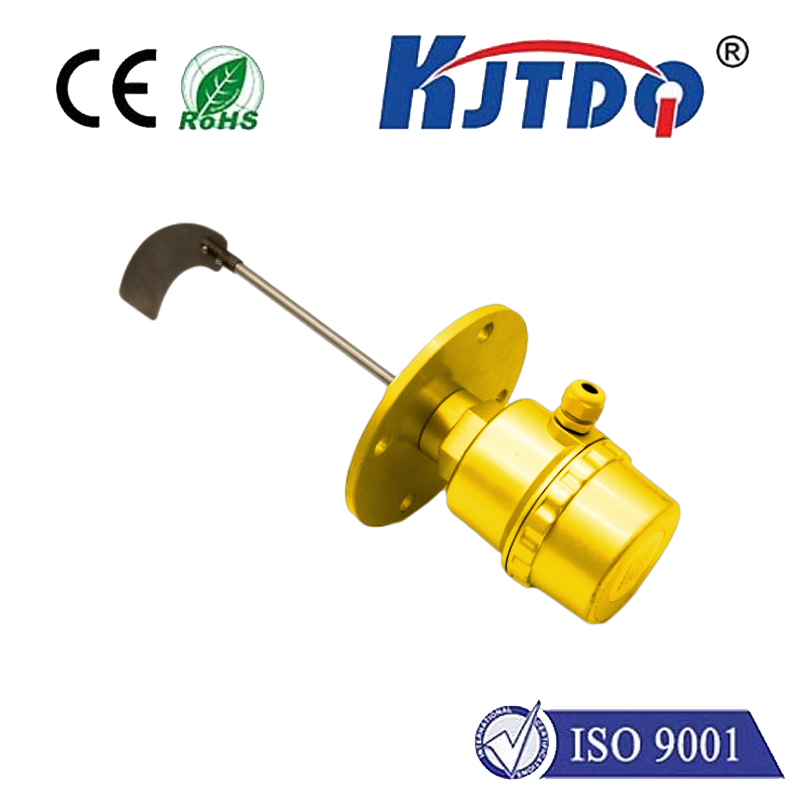

check

check

check

check

check

check

check

check

check

check
In the realm of technological advancements, the laser position sensor stands as a beacon of precision and reliability. These ingenious devices are at the forefront of modern sensing technologies, providing unparalleled accuracy in a range of applications from industrial automation to healthcare diagnostics. This article delves into the essence of laser position sensors, their functionalities, benefits, and the myriad ways they are transforming industries.
Laser position sensors function by emitting a laser beam towards an object and measuring the time it takes for the beam to reflect back after bouncing off the target’s surface. By calculating this time, these sensors can determine the distance to the object with extreme accuracy. Some advanced models are equipped with additional capabilities such as detecting the speed at which an object is moving or even the direction of movement. The technology behind these sensors leverages the properties of light and precise timing mechanisms to provide data that traditional sensors simply cannot match. The laser’s straight-line propagation allows for minimal error in distance measurement, making lasers ideal for high-precision applications where millimeters, or even micrometers, matter significantly.
One of the most significant advantages of laser position sensors is their versatility. They find use in various sectors, each adapting the technology to meet specific needs:
Automotive Industry: Sensors monitor the assembly line for correct component placement, adjust vehicle features like seats and mirrors, and are integral in advanced driver-assistance systems (ADAS).

Healthcare: Laser position sensors are employed in medical scanning equipment to capture detailed images for diagnostics and in surgical instruments for precision cuts and placements.
Robotics: In robotic systems, these sensors help in navigation, obstacle avoidance, and the precise manipulation of objects in tightly controlled environments.
Aerospace: For space missions, laser position sensors assist in the alignment and placement of critical components on spacecraft and satellites.
Compared to conventional sensors, laser position sensors offer several advantages:
Greater Accuracy: The narrow laser beam reduces ambient interference and provides more precise measurements than ultrasonic or infrared counterparts.
Increased Range: Capable of detecting objects at greater distances without significant loss of accuracy.
Non-contact Measurement: Enables the collection of data without physically touching the object, which is essential in sensitive or hazardous environments.
Speed of Measurement: Laser sensors can measure distances and movements almost instantaneously, allowing real-time monitoring and adjustment.
As technology continues to evolve, so too will the capabilities of laser position sensors. Researchers are exploring ways to miniaturize these sensors further while enhancing their functionality. Integration with artificial intelligence promises smarter sensors capable of autonomous decision-making based on the data collected. As these innovations come to fruition, we can expect laser position sensors to play an even more vital role across new and existing fields. In conclusion, laser position sensors represent a significant leap forward in sensing technology, offering precision, reliability, and a wide array of applications. Their ability to adapt and integrate into various industries underscores their importance in our advancing technological landscape. As we look to the future, the potential for these remarkable devices seems limitless, heralding a new era of innovation driven by accurate and responsive positional data.
